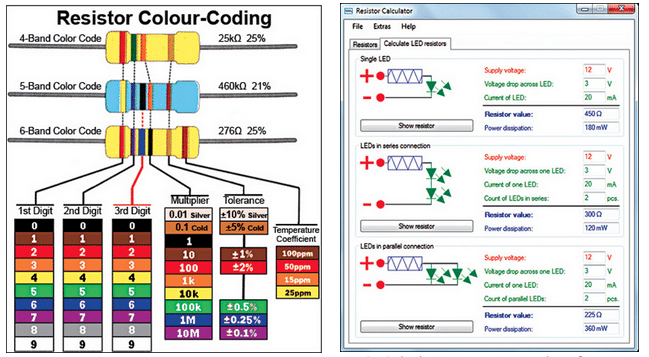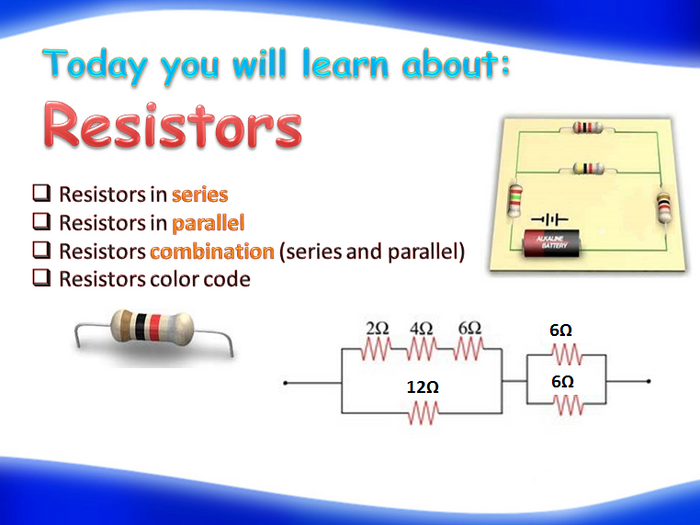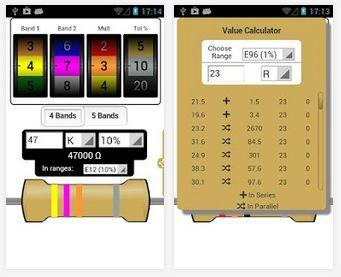

If a large current is drawn, the IR IR drop in the wires can also be significant.įor example, when you are rummaging in the refrigerator and the motor comes on, the refrigerator light dims momentarily. If wire resistance is relatively large, as in a worn (or a very long) extension cord, then this loss can be significant. One implication of this last example is that resistance in wires reduces the current and power delivered to a resistor. The total resistance of a combination of resistors depends on both their individual values and how they are connected. The simplest combinations of resistors are the series and parallel connections illustrated in Figure 4.2. A measure of this limit on charge flow is called resistance. Most circuits have more than one component, called a resistor, that limits the flow of charge in the circuit.

4.E.5.3 The student is able to plan data collection strategies and perform data analysis to examine the values of currents and potential differences in an electric circuit that is modified by changing or rearranging circuit elements, including sources of emf, resistors, and capacitors.4.E.5.2 The student is able to make and justify a qualitative prediction of the effect of a change in values or arrangements of one or two circuit elements on currents and potential differences in a circuit containing a small number of sources of emf, resistors, capacitors, and switches in series and/or parallel.4.E.5.1 The student is able to make and justify a quantitative prediction of the effect of a change in values or arrangements of one or two circuit elements on the currents and potential differences in a circuit containing a small number of sources of emf, resistors, capacitors, and switches in series and/or parallel.The information presented in this section supports the following AP® learning objectives and science practices: Calculate total resistance of a circuit that contains a mixture of resistors connected in series and in parallel.Explain why total resistance of a parallel circuit is less than the smallest resistance of any of the resistors in that circuit.

Contrast the way total resistance is calculated for resistors in series and in parallel.Use Ohm’s law to calculate the voltage drop across a resistor when current passes through it.Draw a circuit with resistors in parallel and in series.By the end of this section, you will be able to do the following:


 0 kommentar(er)
0 kommentar(er)
